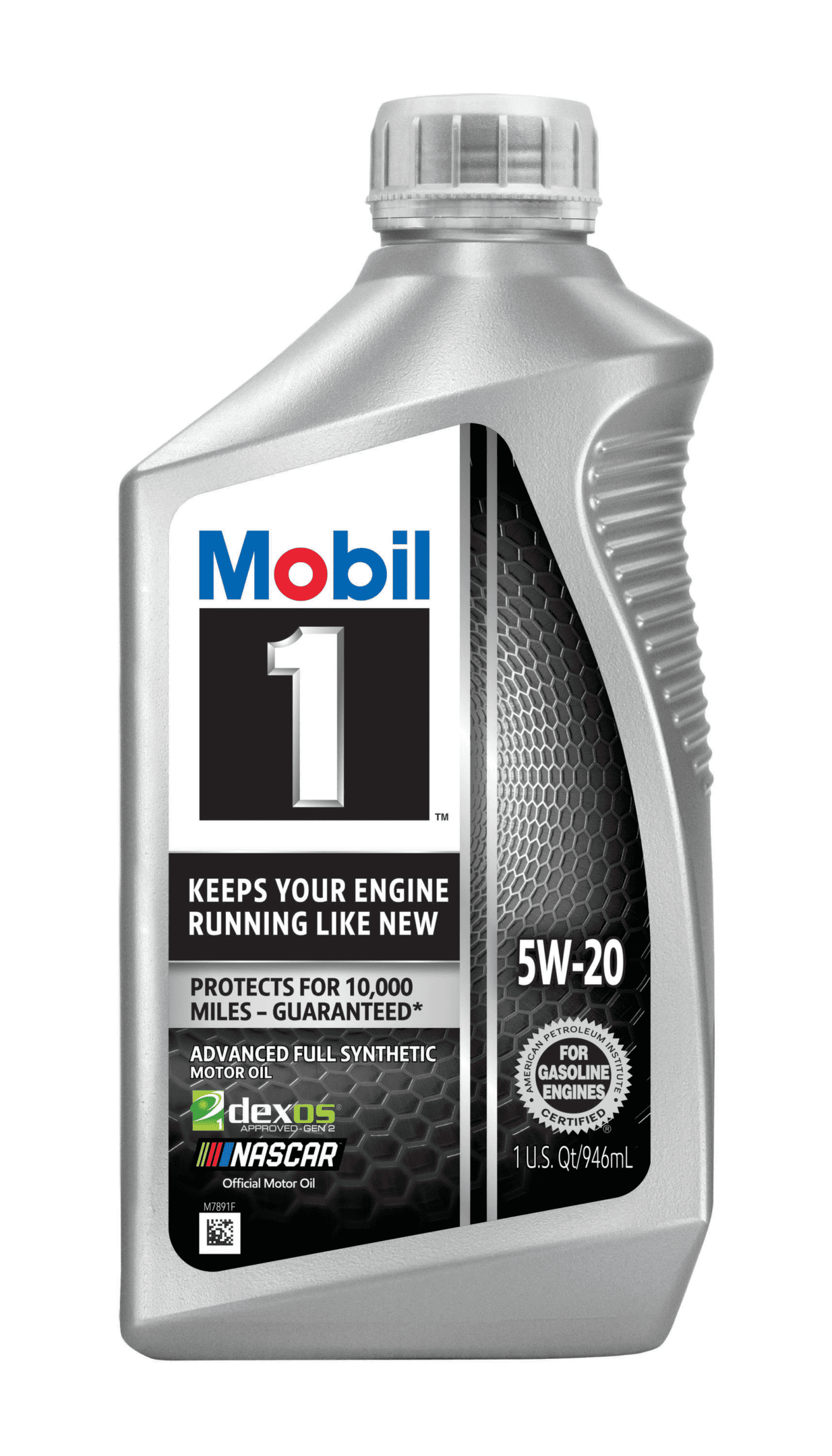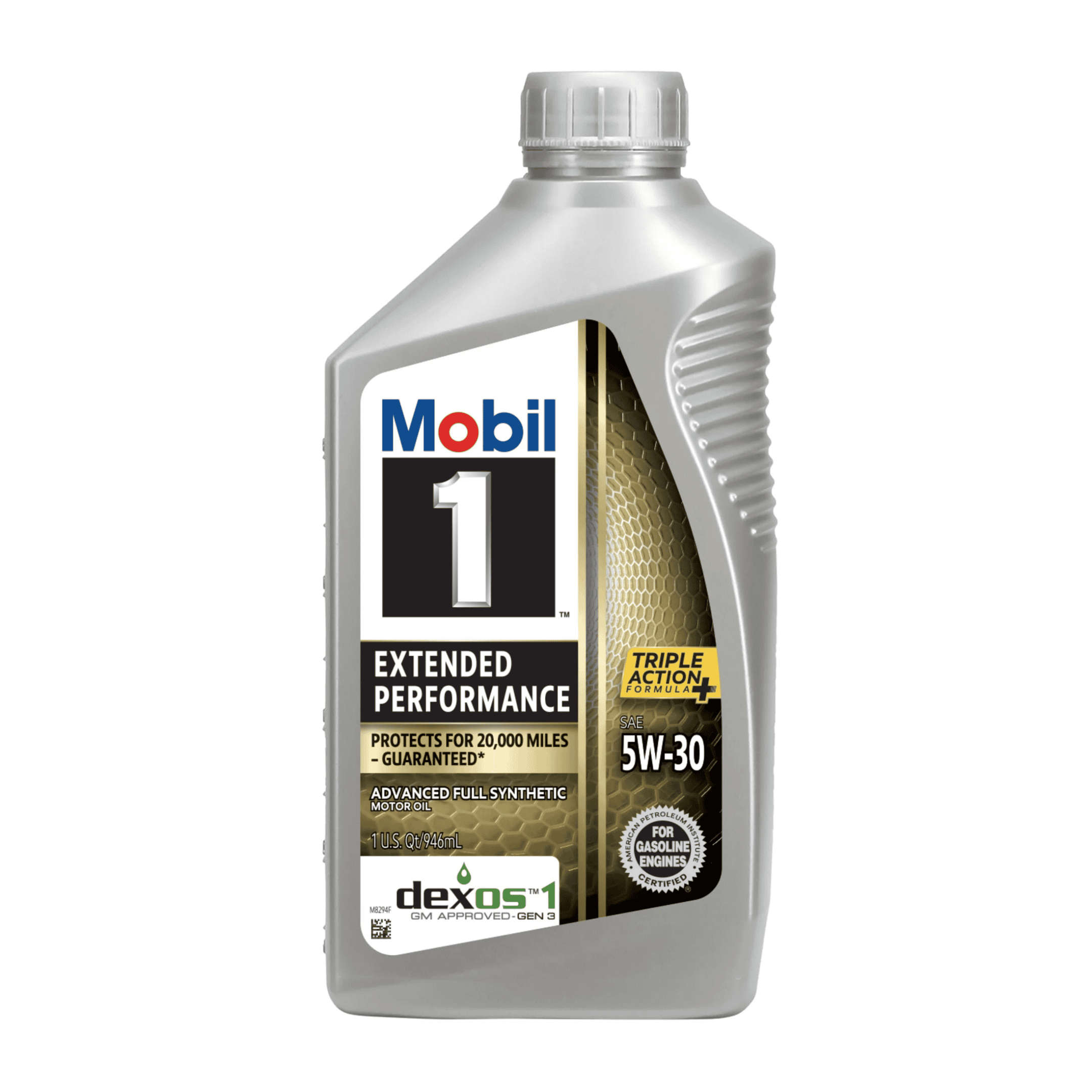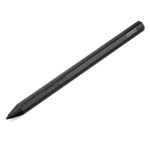Choosing the appropriate motor oil for your vehicle is important to make sure that the engine functions properly and you don’t cause any damage. Motor oils are classified by viscosity, which indicates how easily they flow at various temperatures. The numbers in the oil designation, such as “5W” or “20W,” represent this. Many people often question whether it’s acceptable to use one type of oil instead of another.
Although using one type of oil in an engine designed for another may not immediately cause damage, it’s important to recognize that the two oils have different characteristics at operating temperatures. The higher the second number in the oil designation, the more viscous the oil remains at high temperatures. While manufacturers recommend specific oil viscosities for optimal performance, most modern engines can tolerate different oil weights to some extent.

Choosing the Right Motor Oil: 5W20 vs. 5W30
If your car requires 5W30 oil, you might wonder if switching to 5W20 is safe or even beneficial. Here’s a breakdown of the differences between these oils and when using 5W20 might be acceptable.
Understanding Oil Viscosity Grades
The numbers in oil grades refer to the oil’s viscosity, or thickness. Here’s the key difference between 5W20 and 5W30:
- 5W: This indicates both oils have the same viscosity at cold temperatures, ensuring proper lubrication during engine startup.
- 20 vs. 30: The second number describes the oil’s viscosity at operating temperatures. 5W20 is slightly thinner than 5W30 when the engine is hot.
Should I Use 5W20 Instead of 5W30?
- Follow your Manual: Your car manufacturer always recommends the best oil for your specific engine.
- Temporary Solution: In a pinch, using 5W20 instead of 5W30 is unlikely to cause significant damage, especially if you top up with 5W30 soon afterward.
- Potential Benefits: 5W20 may offer slightly improved fuel economy due to lower viscosity.
- Potential Considerations: In extremely hot climates or under heavy-duty use, 5W20 might provide less protection than 5W30, so it’s best not to make it a long-term change.

Table: Comparing 5W20 and 5W30
| Characteristic | 5W20 | 5W30 |
|---|---|---|
| Cold Temperature Viscosity | Same | Same |
| Hot Temperature Viscosity | Thinner | Thicker |
| Fuel Efficiency Potential | Slightly Better | Slightly Less |
| Ideal for | Modern Engines, Moderate Climates | High-Performance, Hot Climates |
Bottom Line: When in doubt, use the oil grade recommended by your vehicle’s manufacturer for optimal engine protection.
Key Takeaways
- Motor oil viscosity is crucial for engine health and using the recommended oil weight ensures optimal performance.
- 5W20 and 5W30 oils can typically be used interchangeably without immediate engine damage, due to their close viscosity ratings.
- Always consult the vehicle’s manual or a professional before switching oil viscosities to avoid potential long-term effects.
Understanding Motor Oil Viscosity
Motor oil viscosity affects engine performance and protection. Understanding these effects helps to choose the right oil.
Role of Viscosity and Temperature in Engine Performance
Viscosity refers to the thickness of the oil. It affects the oil’s flow through the engine. In cold conditions, oil needs to be thin enough to move easily. This helps with starting the engine and reduces wear during cold starts. As the engine reaches operating temperature, oil must stay thick enough to maintain effective lubrication and protection. Thick oils at higher temperatures maintain a protective layer between engine parts, reducing friction and wear.
5W20 vs 5W30: Characteristics and Differences
The numbers in 5W20 and 5W30 indicate the viscosity of the oil at different temperatures. Both have a winter rating of 5, meaning they work well in cold temperatures. The subsequent numbers, 20 and 30, refer to the oil’s thickness at the engine’s operating temperature.
- 5W20
- Thinner when warm
- Provides better fuel economy
- Good for engines that run in a moderate temperature range
- 5W30
- Thicker when warm
- Offers more protection at high temperatures
- Fits a wider range of operating conditions
These oils work with various seals and materials within the engine. Using the manufacturer’s recommended oil ensures the proper balance between efficiency and protection. Synthetic oils can also influence these characteristics, often performing well across a wider range of temperatures.
Considerations for Using Different Oil Weights
Selecting the right oil weight is crucial for engine health and performance. Oil weight affects fuel efficiency and engine protection. It’s important to consider the manufacturer’s guidelines before choosing between 5W20 and 5W30 oils.
Impact on Engine Protection and Fuel Efficiency
5W20 oil is typically thinner than 5W30, especially at high temperatures. This can lead to varying degrees of engine protection and efficiency. Thinner oils like 5W20 can reduce friction which may slightly increase fuel efficiency. However, engines designed for a thicker oil may not be as well-protected, potentially leading to increased wear.
- Fuel Efficiency: May increase with 5W20 due to reduced friction.
- Engine Protection: Thinner oils may offer less protection at high operating temperatures.
Manufacturer’s Recommendations and Warranty Implications
Car manufacturers recommend specific oil weights for optimal engine performance and protection. Using an unapproved oil weight like 5W20 in place of the recommended 5W30 may void your car’s warranty. Always check the owner’s manual or with the manufacturer before changing oil weights.
- Warranty: Using the wrong oil weight can void the warranty.
- Manufacturer’s Recommendations: Provides optimal engine performance and longevity.
Advisability for Newer and Older Engines
Newer engines might be designed for the lighter 5W20 oil, which helps with fuel economy without compromising engine protection. Conversely, 5W30 oil is often suited for older engines that may require a thicker oil to ensure adequate lubrication.
- Newer Engines: Often optimized for 5W20 for fuel economy and protection.
- Older Engines: May benefit from the thicker 5W30 oil for better lubrication.
Frequently Asked Questions
Oil viscosity plays a crucial role in engine health and performance. Here, common questions on using 5W20 motor oil instead of 5W30 are addressed.
Is it safe to use 5W20 oil instead of 5W30 during the winter months?
It’s generally safe to use 5W20 in colder weather. Both oils have the same winter rating, indicating they start at similar viscosities in cold temperatures.
What are the potential risks of using 5W20 oil in an engine that recommends 5W30?
Using 5W20 instead of 5W30 can lead to thinner oil film at operating temperatures, possibly increasing engine wear especially in high-stress conditions.
Are there differences in fuel efficiency when using 5W20 compared to 5W30?
5W20 may improve fuel efficiency slightly, owing to its lower viscosity causing less drag on moving engine parts.
Can 5W20 and 5W30 motor oils be mixed, and if so, what are the implications?
Mixing 5W20 and 5W30 is possible and typically won’t cause immediate harm but may dilute the protective characteristics of 5W30.
Is it permissible to use 5W20 in a vehicle that specifies 0W20 oil?
Manufacturers recommend against using 5W20 instead of 0W20, as it may not provide adequate protection during cold starts and could affect warranty.
What are the consequences of using 5W20 oil in a vehicle that has always used SAE 30?
The use of 5W20 in place of SAE 30 might result in a thinner oil film, increasing the risk of wear in high temperature conditions.







